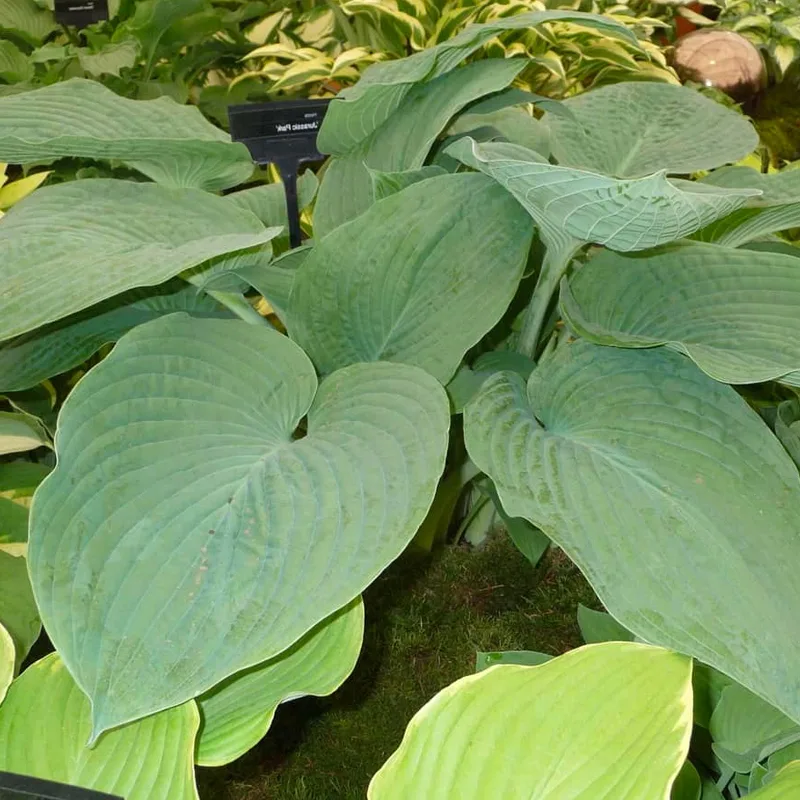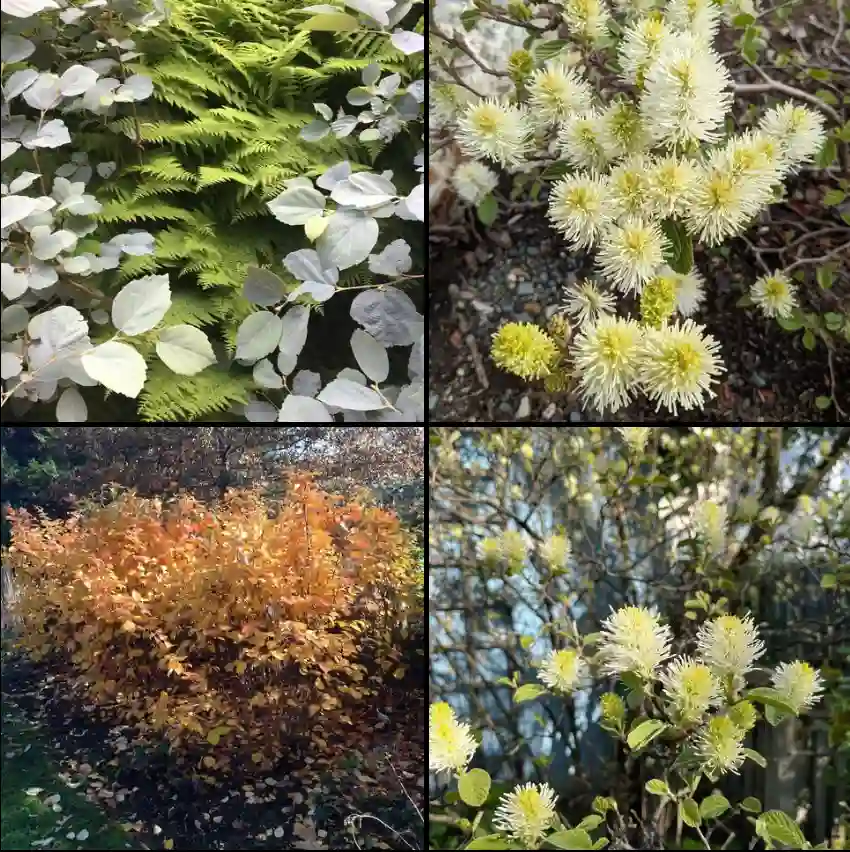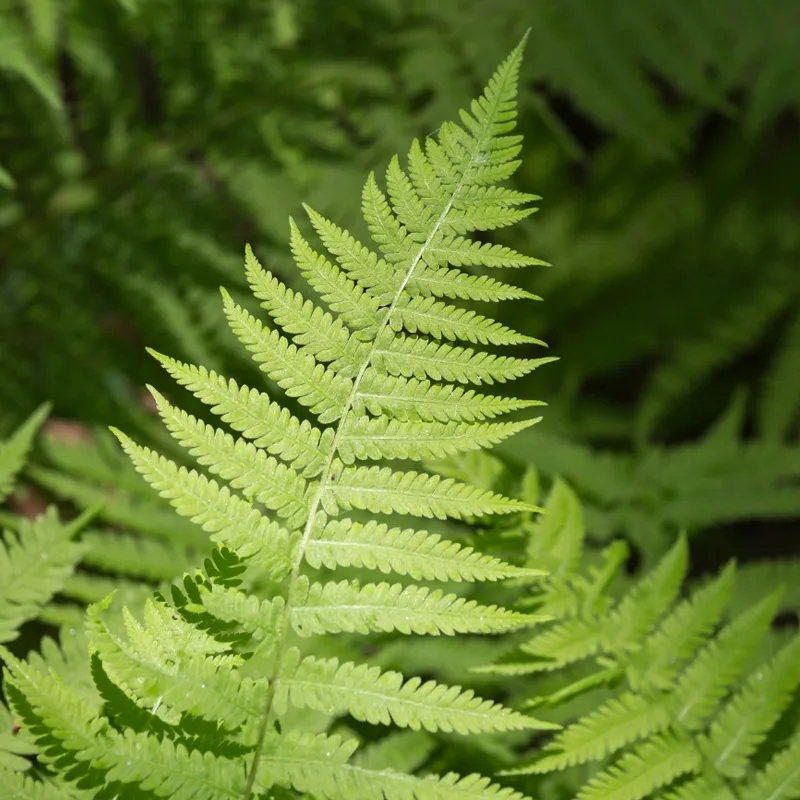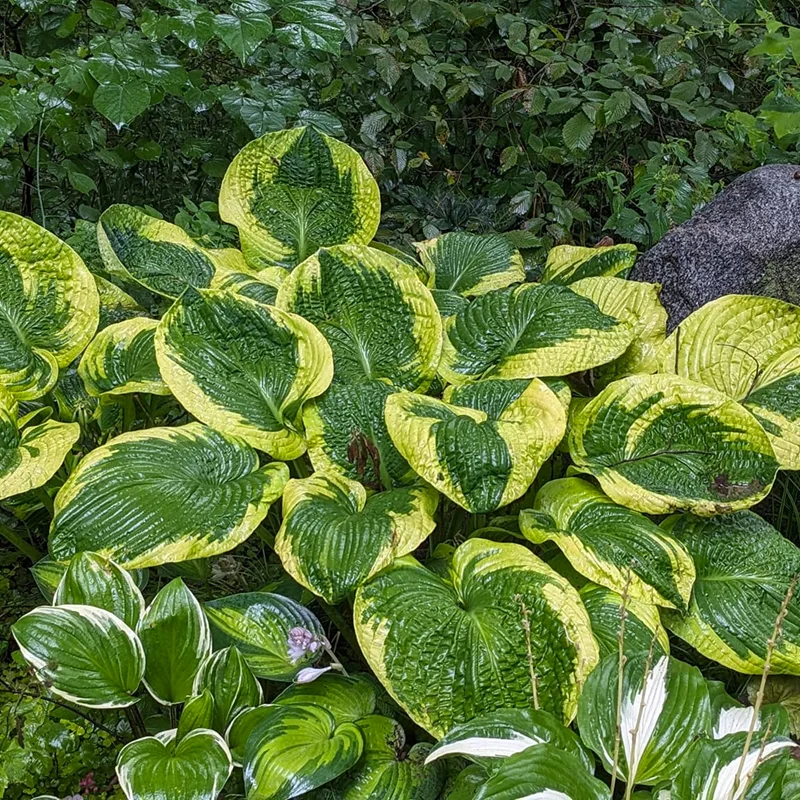Exploring the Ecdeiocoleaceae Family: Ecdeiocolea and Georgeantha
The Ecdeiocoleaceae family may not be a household name in the plant world, but it’s one of those fascinating groups that deserve more attention. With only two genera, Ecdeiocolea and Georgeantha, it stands as a unique and intriguing family within the plant kingdom. For those who appreciate the diversity of the plant world, the Ecdeiocoleaceae family offers a glimpse into the complexity and beauty of nature.
Understanding the Ecdeiocoleaceae Family
The Ecdeiocoleaceae family belongs to the order Poales, which also includes more well-known families like Poaceae (grasses) and Cyperaceae (sedges). Despite its obscure status, this family has some intriguing characteristics. It is native to Western Australia, thriving in regions that are often challenging for plant growth. The members of this family are adapted to survive in nutrient-poor soils, demonstrating nature’s resilience and adaptability.
Ecdeiocolea: A Closer Look
The genus Ecdeiocolea is the more prominent of the two genera in the family. It includes a single species, Ecdeiocolea monostachya. This perennial herbaceous plant is quite unassuming in appearance but plays a crucial role in its native habitat.
Ecdeiocolea monostachya is known for its tough, wiry leaves and slender stems. It grows in sandy or lateritic soils, which are typical of the regions it inhabits in Western Australia. The plant’s resilience in such harsh conditions makes it an interesting subject of study for botanists and ecologists.
Georgeantha: The Lesser-Known Cousin
Georgeantha, the second genus in the family, is even more obscure. It includes the species Georgeantha hexandra, which is also native to Western Australia. This plant is similar to Ecdeiocolea in its preference for nutrient-poor soils and its adaptation to challenging environments.
The name Georgeantha honors the Australian botanist Alex George, who has made significant contributions to the understanding of Australian flora. The species name “hexandra” refers to the plant’s six stamens, a feature that helps in its identification.
Ecological Importance of the Ecdeiocoleaceae Family
Both Ecdeiocolea and Georgeantha play important roles in their ecosystems. They are part of the complex web of life that sustains the biodiversity of Western Australian flora. These plants are well-adapted to their environments, helping to stabilize soils and providing habitats for various microorganisms and insects.
One of the intriguing aspects of these genera is their adaptation to fire-prone environments. Fire is a common ecological factor in Western Australia, and many native plants have evolved mechanisms to survive and even thrive after fires. Understanding how Ecdeiocolea and Georgeantha respond to fire can provide insights into the resilience and recovery of ecosystems in these regions.
Conservation Challenges and Efforts
The Ecdeiocoleaceae family, due to its limited range and specific habitat requirements, faces certain conservation challenges. Habitat loss, changes in fire regimes, and the impact of invasive species are all threats to these unique plants. Conservation efforts are crucial to ensure the survival of both Ecdeiocolea monostachya and Georgeantha hexandra.
Efforts to protect these plants include habitat preservation and management, as well as research into their ecological roles and reproductive biology. The more we understand about these plants, the better equipped we are to develop effective conservation strategies.
Why the Ecdeiocoleaceae Family Matters
For me, the appeal of the Ecdeiocoleaceae family lies in its uniqueness and resilience. It’s a reminder of how diverse and specialized plant life can be, even in the harshest of conditions. The survival strategies of Ecdeiocolea and Georgeantha are fascinating examples of adaptation and ecological balance.
These plants also highlight the importance of lesser-known plant families in maintaining the health and diversity of ecosystems. While they may not have the same visual appeal as more popular plants, their role in the environment is just as vital. Understanding and appreciating such plants enriches our knowledge of the natural world.
Conclusion: Appreciating the Ecdeiocoleaceae Family
The Ecdeiocoleaceae family, with its two genera Ecdeiocolea and Georgeantha, represents a small but significant part of Australia’s botanical diversity. Its members are masters of survival in challenging environments, offering valuable insights into ecological resilience and adaptation.
As we continue to explore and study the world’s flora, it’s crucial to pay attention to families like Ecdeiocoleaceae. They remind us that even the most unassuming plants can have complex stories to tell and important roles to play in their ecosystems. For anyone interested in the diversity and beauty of the plant world, the Ecdeiocoleaceae family is definitely worth a closer look.
If i die, water my plants!



